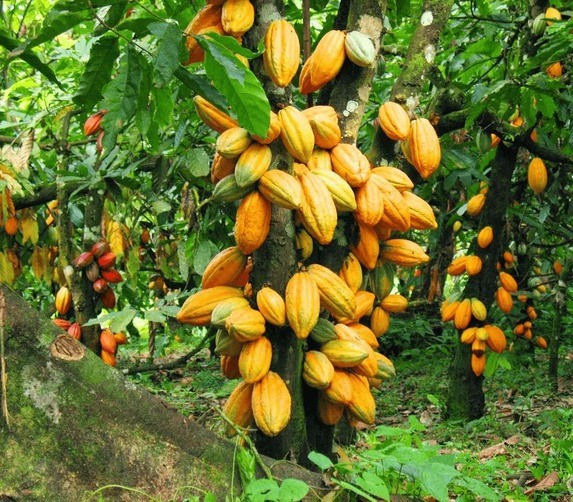Are you familiar with cocoa butter beyond its use in chocolates and lip balms? In 2025, this plant-based ingredient is gaining new momentum, particularly in the skincare and wellness industries. Known for its moisturising and emollient properties, cocoa butter is already widely used—but researchers are now exploring its potential as the main ingredient in topical skincare products.
Leading this effort is Vinosh Kumar Purushothaman from the Faculty of Health and Life Sciences at INTI International University. Alongside a team of local and international researchers from respected institutions, Vinosh has uncovered new insights into the role of cocoa butter in skin hydration and its capacity to support sustainable, “green” cosmetic products.

Cocoa butter is extracted from the seeds (cocoa beans) of the cacao tree, Theobroma cacao. The tree thrives in tropical climates near the equator, particularly in regions such as West Africa, Central America, South America, and Southeast Asia.
“Although numerous investigations have been undertaken regarding the possible effect of cocoa butter on skin hydration, it is typically added as a complementary component rather than as the primary ingredient to provide a moisturising effect,” said Vinosh. His team’s research aims to shift that mindset—positioning cocoa butter as the central active ingredient, rather than just a supporting one.
To validate its effectiveness, the team evaluated five core criteria: pH compatibility, Sun Protection Factor (SPF), in vitro occlusivity (the ability to reduce water loss), antioxidant and antimicrobial activity, and overall formulation stability. Each of these factors plays a crucial role in developing effective and skin-safe moisturising creams.
The findings point clearly to cocoa butter’s promise. Its natural triglycerides and fatty acids form a protective, occlusive barrier on the skin, minimising water loss and promoting long-lasting hydration. The creams tested demonstrated strong occlusivity, making them suitable for use on dry or sensitive skin.
Cocoa butter also demonstrated UVB protection levels that approach the minimum recommended SPF threshold, contributing to mild sun protection. Its pH level—between 5.07 and 5.20—fell within the optimal range for maintaining skin health. These properties, combined with its antioxidant and antimicrobial potential, make cocoa butter a strong candidate for a wider range of skincare applications.
Importantly, cocoa butter supports sustainable product development. It is of natural origin, plant-based, and requires minimal processing. “Its sourcing does not involve synthetic chemicals (except emulsifiers), making it a more environmentally responsible choice,” Vinosh explained. The use of natural ingredients, such as cocoa butter, contributes to reducing chemical waste and aligns with the global movement toward ethical and eco-friendly consumer products.

Vinosh Kumar Purushothaman from INTI’s Faculty of Health and Life Sciences led the study exploring cocoa butter’s potential as a primary ingredient in sustainable skincare formulations.
With consumers increasingly seeking skincare solutions that are both effective and environmentally conscious, cocoa butter-based formulations can help meet this demand. As Vinosh and his team point out, sustainable skincare goes beyond product claims—it requires conscious formulation backed by evidence. “The phrase ‘responsible choice’ emphasises that sustainable efforts rest truly in humanity’s hands,” he added.
This research contributes not only to the growing body of scientific knowledge around cocoa butter but also to broader Environmental, Social, and Governance (ESG) goals. Natural, non-toxic ingredients sourced responsibly are becoming key differentiators in skincare, and this work adds value to that shift. Cocoa butter-based creams could lead the way in developing products that are safe, accessible, and aligned with sustainability priorities.